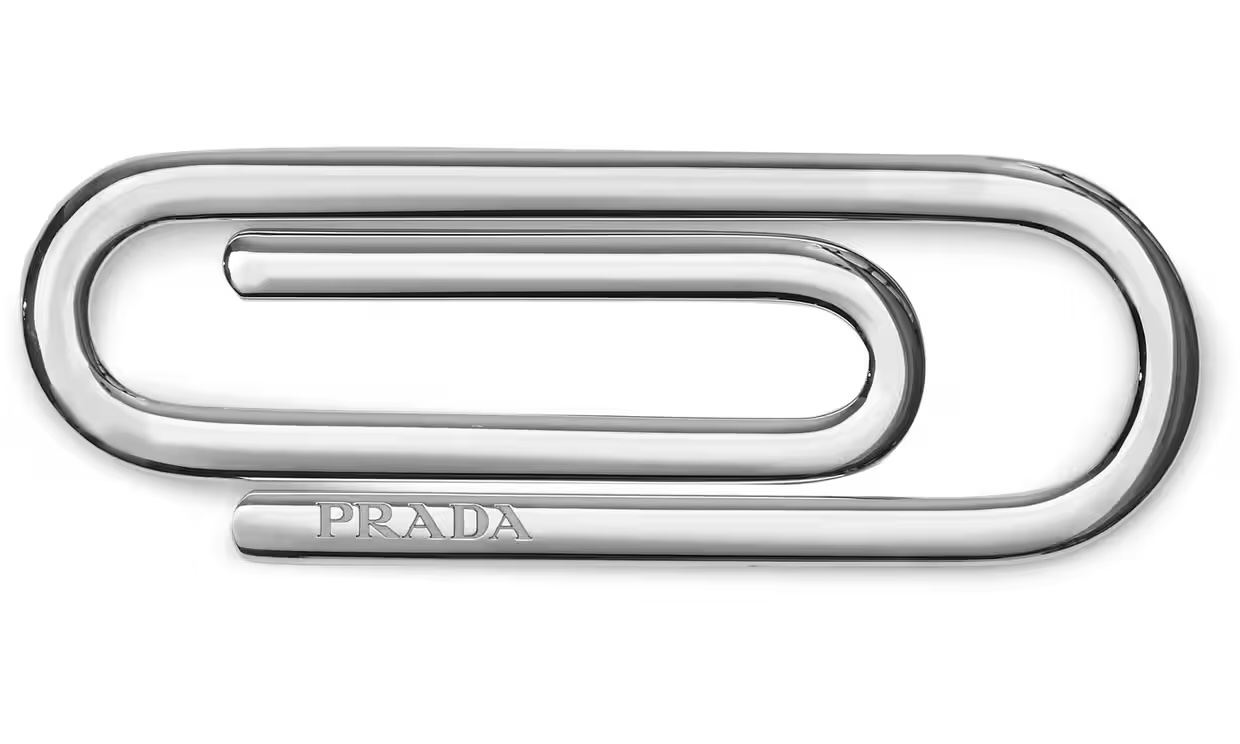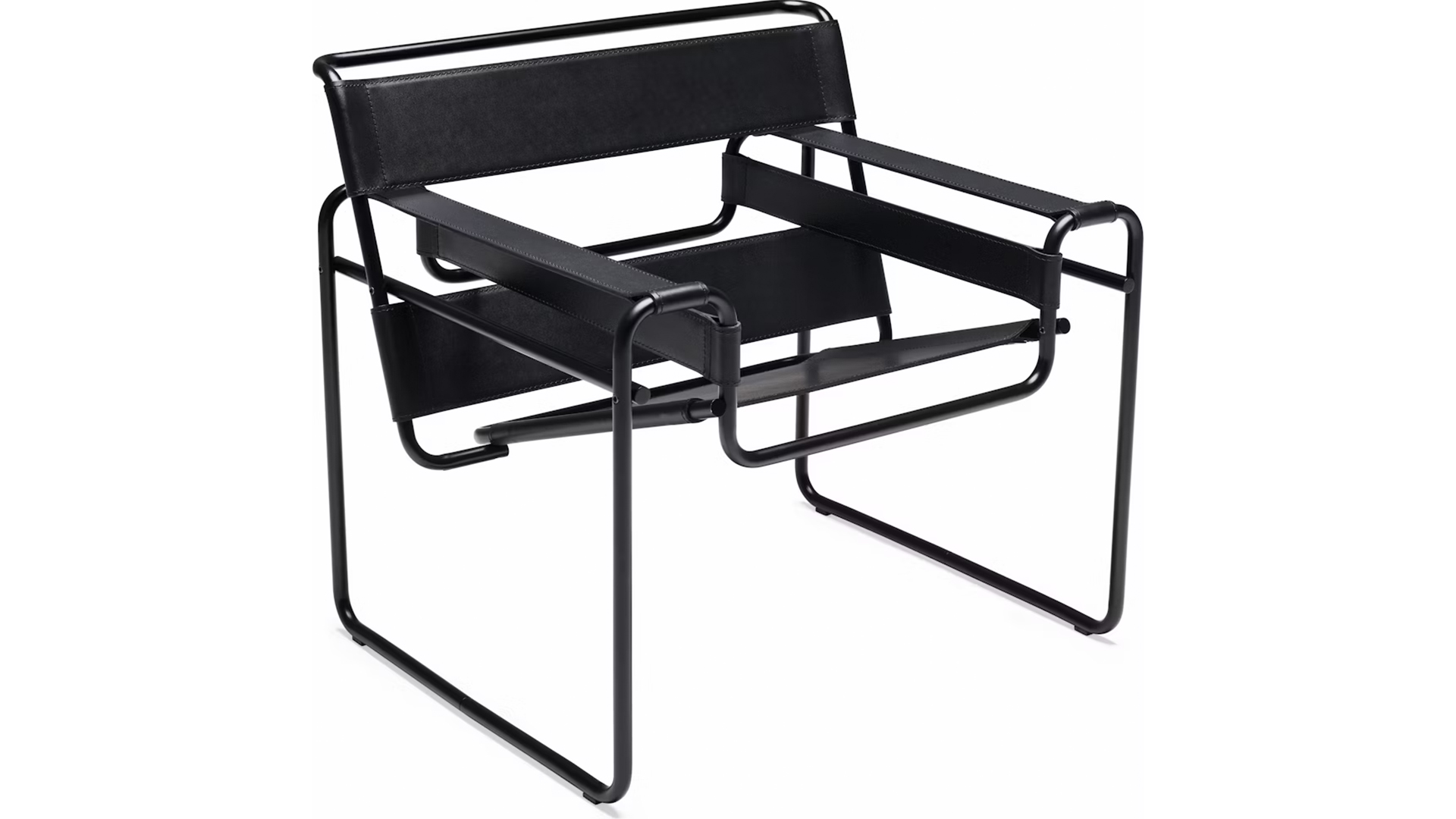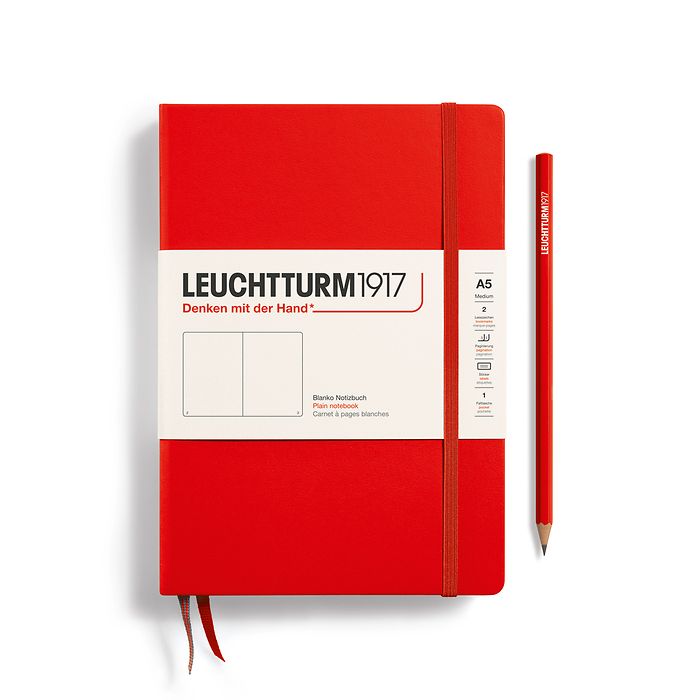
We're surrounded by design genius every day, yet most of us barely notice it. That humble paperclip holding your documents together? It's a marvel of engineering. The espresso cup cradling your morning coffee? A masterclass in proportion and function.
To uncover these hidden gems, we asked leading creative professionals to share the everyday objects they consider design masterpieces. Their choices reveal how great design seamlessly blends beauty, functionality, and meaning... often in the most unexpected places. For more design inspiration, take a look at the rest of Creative Bloq's product design coverage.
01. Lego brick

Who doesn't love Lego? Ruth Jones, senior designer at ilk Agency, pays tribute to this childhood staple that's conquered all ages.
"The simple design of plastic bricks which click together, allowing you to create anything that comes to mind, and then being able to deconstruct them to create something totally different, is timeless and innovative," she enthuses.
"The idea that you can create your own masterpiece out of a few simple bricks is ingenious. It's that simplicity that inspires endless innovation and enjoyment, and makes it a design masterpiece to me."
02. Espresso cup

An espresso cup (aka demitasse, French for "half cup") is a small cup specifically designed for serving this particular beverage. While seemingly simple, its design is carefully considered to enhance the espresso drinking experience.
Elliott Scott, creative director at Applied Design, celebrates it as "a simple masterpiece." As he explains, the proportions are everything. "It's perfectly sized: no larger than it needs to be, or too small as to make holding it a challenge. Thick enough to retain heat, thin enough to take that perfect first sip. And that perfect sound against the saucer when you put it down."
03. Paper clip

The humble paperclip is another fascinating example of a seemingly simple object with a surprisingly complex and debated history. The short version is that the most popular version today (the double-oval, trombone-shaped wired loop) was probably first produced by The Gem Manufacturing Company in Britain around the 1870s, although it was never patented.
Chris Allen, associate creative director of design at Sullivan, doesn't just see it as a design classic – an elegantly simple solution to a complex problem – but points out its immense versatility. "I use it not just for papers but as an impromptu screwdriver to unscrew my keyboard and replace the batteries," he notes.
04. Bic Ballpoint

Sometimes the most mundane objects are the most brilliant. Chris includes this everyday essential in his daily toolkit, recognising how its simple, reliable design has remained virtually unchanged since its invention... a testament to getting it right the first time.
László Bíró, a Hungarian journalist, is generally credited with inventing the Bic Ballpoint in the 1930s. He developed a pen with a tiny ball that rotated in a socket, picking up ink from a cartridge and rolling it onto paper. This solved the problem of fountain pens leaking and clogging.
05. Glass straw

Plastic straws are so 20th century right now. As the name suggests, a glass straw is a reusable alternative, typically made from borosilicate glass, which is known for its durability and heat resistance. While not a new concept (ancient Sumerians had them), their recent popularity has been driven by the broader movement towards reducing single-use plastics.
Wen-Chi Huang, senior motion designer at Sullivan, is a huge fan. "As someone who drinks caffeine throughout the day, using a straw helps to reduce teeth staining," she notes. "A glass straw is reusable and transparent so you can actually see the liquid, and unlike metal straws, you know it's clean. There's something really satisfying about the clarity and simplicity. It's functional, sustainable and beautifully designed."
06. Wassily chair

The Wassily Chair, also known as the Model B3 chair, is a renowned icon of modern furniture design. This tubular steel masterpiece isn't just beautiful; it was revolutionary at the time because it was the first to introduce industrial materials to furniture design. Created by Hungarian-American architect and designer Marcel Breuer in 1925-1926, the Wassily Chair is still popular today and Chris, among others, delights in nestling in it for his morning coffee ritual.
07. Shinola watch

Ryan Frost, executive creative director at Landor, sees his watch as more than just an accessory. "There's something special about strapping on my Shinola each morning," he enthuses.
"While everyone's glued to their phones, I'm obsessed with this analogue beauty that proves US craftsmanship isn't dead. Each component is assembled by hand in Detroit, turning what could be just another timepiece into a love letter to local artistry. The design is brilliantly understated: stunning numerals, perfectly proportioned case, and a balanced weight that screams quality."
Founded in 2011, Shinola's headquarters and primary factory are in Detroit, Michigan, within the historic Argonaut Building. The brand heavily emphasises its commitment to revitalising American industry and creating jobs in Detroit, often using slogans like 'Built in Detroit'.
As Ryan puts it: "Shinola's design-led thinking went beyond aesthetics. They saw Detroit's potential when others saw only decay, designing an entire business model around human impact. Every scratch and patina mark on my watch tells my story, but underneath lies a bigger narrative about design as activism."
08. Japanese mandolin

Alex's kitchen tool of choice is the Japanese mandolin, which are renowned for their incredibly sharp, often stainless steel blades. This precision instrument excels in both form and function, he says, "because it satisfies my OCD that everything is chopped perfectly."
Founded in 1940 by Uyuki Yamamoto, Benriner is arguably the most famous and widely recognised brand of Japanese mandolines. They've since become a staple in professional kitchens, and popular among home cooks worldwide.
The Japanese knife, whose precision and sharpness represent centuries of metallurgical refinement, is another of Alex's kitchen essentials, though with a caveat: "Just got to be careful you don't accidentally slice off your freshly manicured nails."
09. Leuchtturm1917 notebook

Sometimes the best design lies in the details others overlook, and Alex breaks from the Moleskine crowd here, choosing to opt for German stationery brand Leuchtturm, which is renowned for its thoughtful design, high quality and attention to detail. It's gained a significant following among writers, artists, students and particularly the bullet journaling community.
"I'm Leuchtturm1917 all the way," raves Alex. "The paper is thicker and so smooth. And it has to be the dotted paper: absolutely no lines, ever, for me."
10. Bialetti Moka Pot

Invented in 1933 by Alfonso Bialetti, an Italian engineer who wanted to bring espresso coffee into the home, this stovetop coffee maker that's instantly recognisable by its distinctive octagonal shape. Mike Goldsworthy, creative lead at ilk Agency, considers it the perfect marriage of form and function.
"As a designer, I'm always fascinated by the point where function meets form, and few objects manage this with more timeless elegance," he explains. "Its design has barely changed in nearly a century. The faceted aluminium body, the black handle, no digital components or flashy features. Just a clear, honest piece of engineering, relying purely on pressure and temperature to brew delicious coffee. It is accessible, durable and quietly beautiful."
Mike also appreciates how this design transcends social boundaries: "It's just as at home in a university kitchen as it is in an expensive designer flat," he says. "Yet it also has this sculptural quality that wouldn't be out of place on a plinth in a museum."







